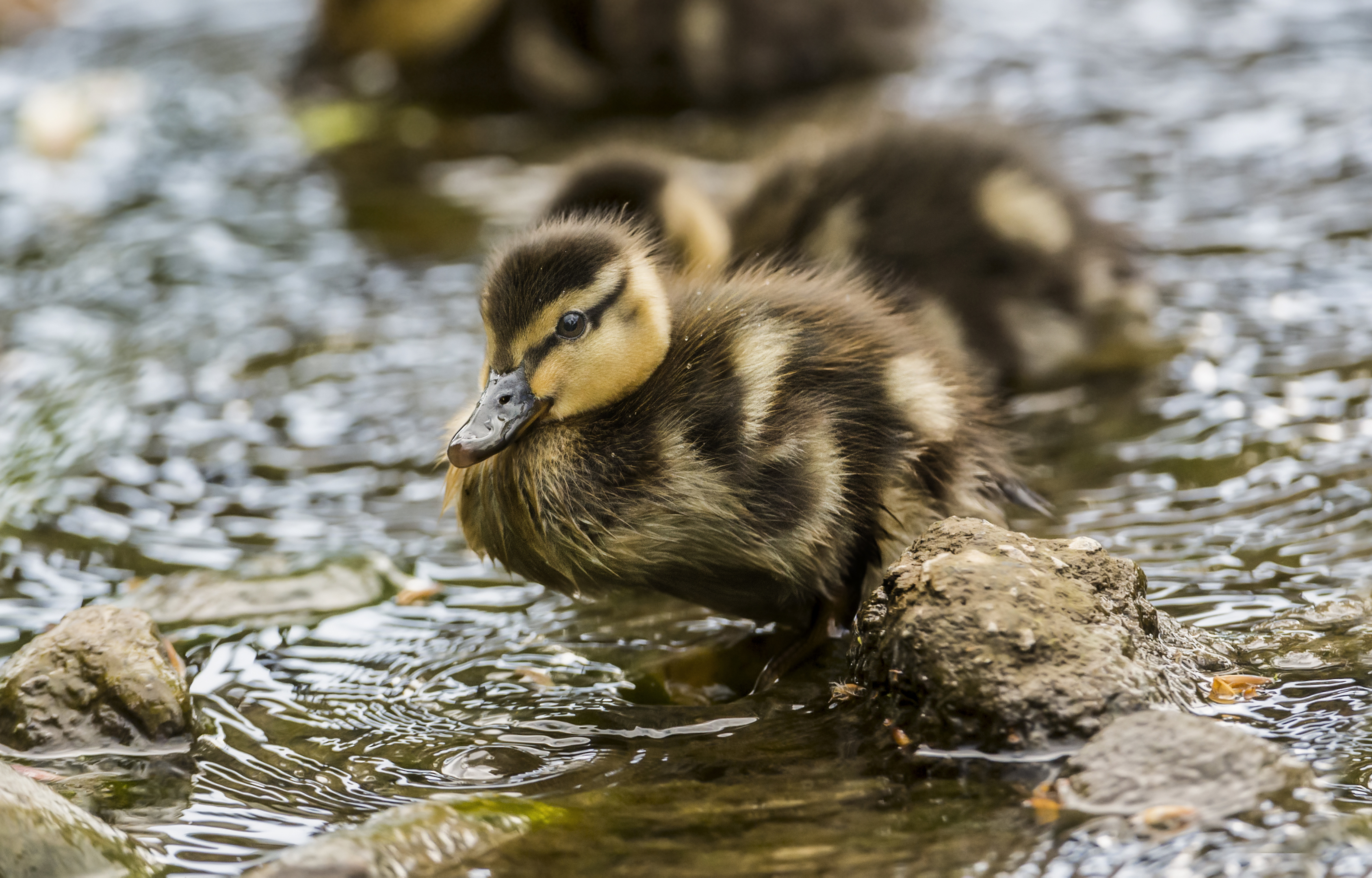Down by the river, the number of ducklings in the mother mallard’s brood is diminishing by the day. At first there were eight little fluffy balls bobbing in the water, but now a week further on and there are just the four.
The river is such a dangerous place for these ducklings because of the ever-present threat from mink and otters. Their flight feathers are nowhere near yet developed, so stealth and caution are the only means of defence. The mother duck instinctively freezes when I approach close, and like little shadows, the ducklings follow her lead.
I know from past experience that if I were to approach closer still, the mother would scoot across the water with wings flapping lamely in a bid to draw me away, whilst the ducklings would scatter in all directions.
On the forested slopes that bound the southern side of the strath, I’ve been finding pine marten droppings with increasing regularity. There is no doubt that they are now firmly established in this broad sweep of land that stretches from Stirling to Kinross and beyond.
This brings another predator into the mix and one wonders how the balance of nature will reset. I read recently of a study in Moray that found that pine martens were adept at hoicking out crested tit chicks from nest boxes. The martens reach in through the nest hole with a paw to scoop out the youngsters. No doubt many blue and great tit nests will suffer the same fate and woodpeckers must be vulnerable too.
I’m generally relaxed about such interactions, for nature is all about reaching equilibriums. Pine martens, for example, will prey upon squirrels, which themselves often raid bird nests for their eggs and chicks.
I could count on the fingers of my hand the number of times I’ve seen a mole, so I was delighted to spot one scurrying across the road in front of my car when driving near Crieff. It was pretty nippy, but the road was quiet, so I had time to draw the car alongside the velvety creature and watch it disappear into the thick vegetation by the verge.
I imagine this was a youngster dispersing from its natal tunnel system and now looking to set up its own subterranean territory somewhere anew.
Here’s a strange thing, on calm evenings I’ve noticed swarms of dancing mayflies gathering around our car in the driveway. I can only presume that the reflection from the metallic paint is similar to that of water and this is what is attracting them.
As they dance and bob above the bonnet, I can’t help but feel pity for them in expending so much fruitless energy in their attempts to attract a mate and lay their eggs in what they think is water. I could park the car in the garage I suppose, but it is so full of junk there is just not the space.
Info
Adult ducks moult their plumage during mid-summer, including wing feathers, and are unable to fly for a few weeks until they have grown back. At this time, drakes take on a similar appearance to females.










